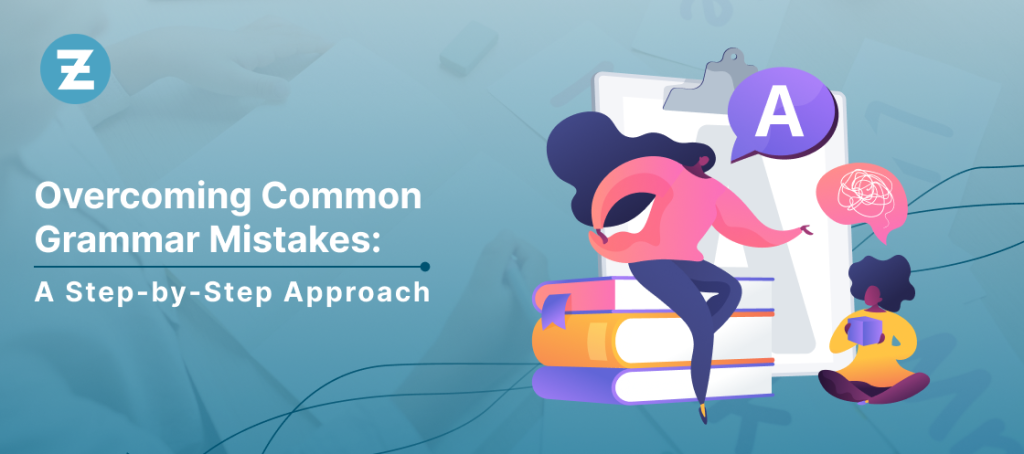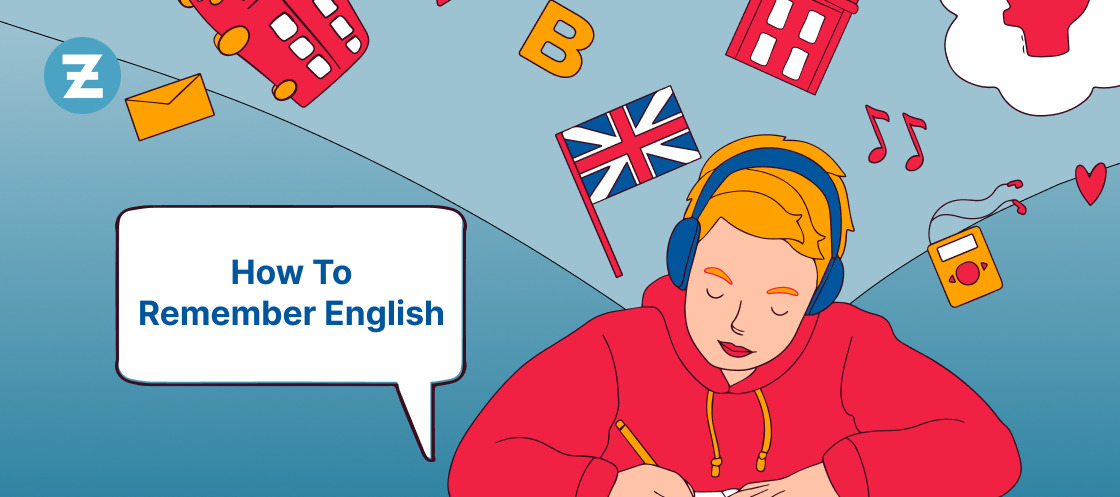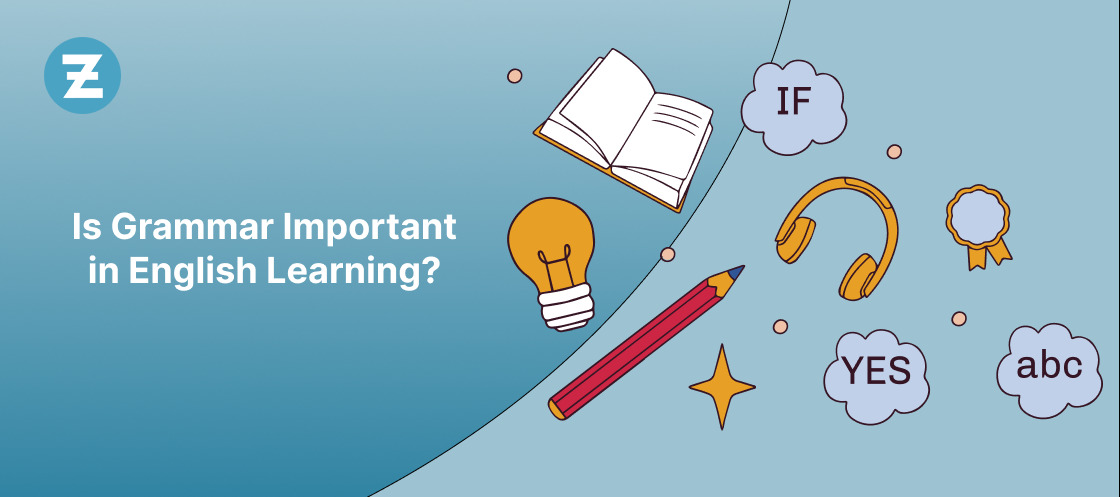Suddenly being told to write a complex article that involves an above-average understanding of grammar can feel a bit like being thrown into the deep end when you’ve only just learned to doggy paddle. But fear not! You can gradually morph from a novice in the world of grammar into a seasoned pro. The journey won’t be easy, but no journey towards betterment is. So sit back, grab a snack, and let’s navigate our way through this grammar maze together.
Understanding the need for correct grammar
Picture this: you’re trying to follow a recipe, but the instructions are all misplayed, or perhaps you’re trying to assemble a complex piece of furniture, but the instruction manual is full of errors. It feels like pulling your hair out, doesn’t it? The role of grammar in effective communication is very similar. It helps ensure clarity and eliminates confusion, making your message get across just the way you intended it.
Imagine entering the corporate world or even progressing in the academic world without having a solid understanding of grammar. It’s sort of like sailing a ship without a compass. You’re bound to get lost or create the wrong impression. Don’t let grammar be the silent tripwire in your professional or academic journey.
And let’s not forget to obliterate the prevailing myth here. You might think grammar is as tricky as trying to juggle while riding a unicycle, but that’s not it. Approach it with curiosity, learn bit by bit, and voilà! It becomes as simple as pie.
Read also: A Step-by-Step Guide to Enhance Your English Accent
Identifying Common Grammar Mistakes
Homonyms and Their Misuse
Homonyms can be downright naughty, like the twins who constantly try to impersonate each other. An example is ‘there’, ‘their’, and ‘they’re’. Sounds similar, yet each holds a different meaning. ‘Their’ shows possession, ‘there’ indicates a location, and ‘they’re’ is merely a contraction of ‘they are’. Mixing these up is like using salt instead of sugar in your coffee. Yikes!
The key here is awareness. Understand the context before using homonyms, and refer back to their definitions whenever in doubt. A simple way to make sure you’re on the right track is to substitute the homonyms you’ve used in sentences with their meanings and check if the sentence still makes sense.
Subject-Verb Disagreements
Another area where many people run into trouble is with subject-verb agreements. It’s like a couple dancing beautifully, but only if they are in sync. A singular subject needs a singular verb, while a plural subject calls for a plural verb. An example of an error might be, “The books on the table are old.” It should be “The books on the table are old”, as books are plural and require the plural form of the verb ‘is’, which is ‘are’.
Practice makes perfect. Go through some exercises and tests to get your subject-verb agreement in place, or you might end up with a jumbled choreography of words.
Misuse of Apostrophes
Much like a game of hide and seek, apostrophes can be notorious for hiding in places they shouldn’t. They’re used to indicate possession or contraction, not plurals. So, it’s ‘Cats’, not ‘Cat’s’, when you are talking about multiple cats, but ‘Cat’s’ when you’re referring to something that belongs to Cat.
Get familiar with the guidelines for using apostrophes correctly and bid your ‘apostrophe misplacement syndrome’ adieu!
Techniques for Improving Grammar
Creating a Strong Grammar Foundation
A building wouldn’t stand tall without a solid foundation, so why should your knowledge of grammar be any different? There are innumerable grammar books out there that can become your grammar dictionaries. Some of the favorites among grammar enthusiasts are ‘The Elements of Style’ by William Strunk Jr. and E.B. White and ‘Grammar Girl’s Quick and Dirty Tips for Better Writing’ by Mignon Fogarty. Also, do not undervalue the old-school method of taking notes. They are like your personal grammar mechanic.
| Explore a World of English – Click for Learning Delight! |
Practicing Regularly
Imagine waking up one day and deciding to run a marathon without any prior practice. It doesn’t sound very wise now, does it? Your grammar skills also need regular exercise to keep them sharp. A few ways to do this could be by editing a paragraph of a published work, creating newfound sentences, or trying out exercises from grammar books.
Leveraging Technology
Think of technology as your grammar genie. There are numerous tools and apps available, like Grammarly, Hemingway App, and ProWritingAid. These tools not only help pinpoint your mistakes but also explain why something is incorrect, leading to improved understanding. Remember, though, that this is a journey of self-improvement, not becoming overly dependent on technology crutches. Use these tools to learn, not just correct.
The Role of Reading in Grammer Improvement
Reading as a Source of Learning
Imagine going on a culinary expedition around the world from the comfort of your home. That’s the magic of reading. When it comes to learning English grammar, it’s as beneficial as a treasure trove. Regular reading helps you notice grammar in action. For grammar insights hidden in narrative journeys, consider books like “A Tale of Two Cities” by Charles Dickens or the entire Harry Potter series. For non-fiction lovers, works like Stephen Hawking’s “A Brief History of Time” or Malcolm Gladwell’s masterpieces will do the trick.
Reading Aloud
This is like watching a movie’s rehearsal before the final filming—you catch any discrepancies much more effectively. Reading text aloud helps identify errors and awkward phrasing that are often missed when reading silently. Choose a paragraph each day from a different genre and read it aloud. You’ll see the difference in no time.
Analytical Reading
Analytical reading is like unraveling mysteries with a detective’s eye—you become more mindful of the grammatical constructions and narrative techniques. As you cultivate this practice, observe the sentence formations, understand the use of punctuation, and take note of the various writing styles. Unravel the mysteries, sentence by sentence, paragraph by paragraph.
Learning through Listening and Speaking
Improving Grammar via Active Listening
Ever wondered how we picked up our mother tongue? By listening keenly. It is a useful way to absorb correct grammatical structures. Listen to podcasts, watch articulate speakers on TED talks, or indulge in English movies and shows. But remember, just as Simon says, just listening won’t help. You need to actively understand and reproduce what is being said.
Enhancing Grammar through Speaking
Before a significant match, sportspeople always practice extensively. Just like that, grammar needs to be exercised not only in writing but also in speaking. Grab opportunities to articulate your thoughts, participate in debates, or just chat in English. The more you speak, the more you learn from your mistakes.
Understanding English in Different Contexts
From formal letters to friendly banter, grammar plays different roles in different contexts. A courtroom’s English wouldn’t make sense at a jovial gathering. Try exploring various mediums—newspapers, blogs, novels, comics, academic papers, etc.—to understand the dynamics of grammar usage according to the context.
Read also: Tips to Learn English Quickly
Reviewing and Revising for Effective Grammar Usage
The Art of Self-Editing
Writing is a craft, but editing is the polishing that makes it shine. Always review your work multiple times. You’ll be surprised by the things you notice in the second or third round of revision that you missed at first. Key techniques for efficient self-editing include reading aloud, leaving some time between writing and editing, and doing a line-by-line discipline check.
Getting constructive feedback
Constructive feedback is the best mirror to see your writing flaws and ways to improve them. Share your pieces with friends, family, or online writing communities. Use platforms like Reddit and Scribophile, where writers from all over the world share their work and critique others.
Consistent learning and revising
Grammar isn’t a stagnant concept. It evolves and transforms over time. The process of learning and revising should be a constant in your journey. Just like you wouldn’t stop eating healthy after attaining your ideal weight, don’t stop practicing grammar once you’ve improved. Keep exploring, learning, and implementing what you learn.
Conclusion
You’ve embarked on a step-by-step approach to improving your grammar, and like every worthwhile journey, this one’s framed with patience, understanding, and a little bit of sweat along the way. The beauty of grammar mastery is not only in reaching the destination; it is also about enjoying the journey.
To continue your linguistic exploration, consider incorporating a language-learning app like ZoundsLike. Feel free to contact us for any inquiries, or assistance, or to share your language-learning experiences. Happy learning!
FAQs:
Q1: Why is it important to overcome common grammar mistakes?
Mastering grammar enhances communication, credibility, and overall writing effectiveness. Correct grammar is essential for clear and professional expression.
Q2: Is this approach suitable for non-native English speakers?
Yes, the approach is tailored to benefit both native and non-native English speakers, providing a universal framework for improving grammar skills.
Q3: What are some examples of common grammar mistakes addressed in this approach?
The blog covers a range of common errors, including subject-verb agreement, punctuation, tense usage, and more, offering practical solutions for each.








